Here is my code:
for (let i = 0; i <= 100; i++) {
let output = "";
if (i % 3 === 0) {
output += "Cool";
}
if (i % 5 === 0) {
output += "Breeze";
}
console.log(output || i);
}In this code, I use a for loop to vary the value of the binding i from 0 to 100.
In the first if statement, I use the modulo and the addition assignment operator to add the string "Cool" to the binding output.
In the second if statement, I use the modulo and the addition assignment operator to add the string "Breeze" to the binding output.
The function of my last statement in the body of my for loop is to print the value of the output binding in the browser console. I do this through short-circuiting. Now, I understand the logic of short-circuiting with the "OR" operator, since the interpreter will short-circuit its full logic of comparing both operands and automatically choose the operand on the left if it can be converted to true, which strings and numbers can, so the operand output is always going to be chosen.
What I don't understand is why short-circuiting is needed to visibly print every value in the console. If I were to use the statement console.log(output); it consolidates the number type values, stating how many were printed in a row before it had to print a string.
Can someone please explain this logic? Why is short-circuiting needed here to prevent the consolidation?

